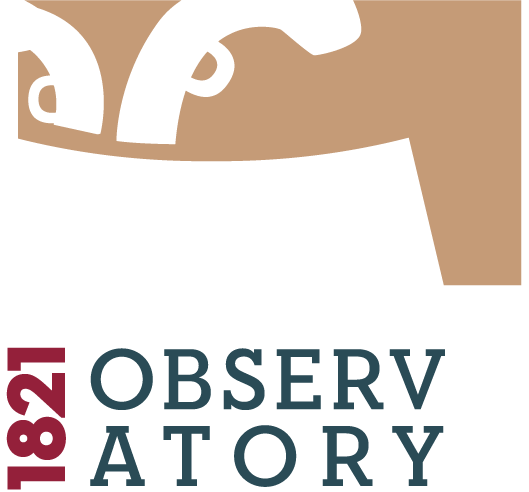The “huts” (kalyvia) of the Peloponnese during the Revolution: A special production and housing unit
Item
Title
The “huts” (kalyvia) of the Peloponnese during the Revolution: A special production and housing unit
List Of Authors
Creator
Spatial Coverage
Subject - keywords
Date
1 October 2021
Abstract
The map issued in the context of the work undertaken by the French Morea Expedition depicts multiple aspects of the inhabited area of the Peloponnese at the end of the revolution. Among the many places marked, the map includes approximately 100 cases of residential places whose name contains the word “huts” (kalyvia), while the accompanying memorandum states that these are “villages of the plain that are usually dependent on another mountain village and are inhabited only in winter”. The dependence of a village in the plain on a corresponding one in the mountains not only had a spatial dimension, but was inscribed in a framework which, in the broadest sense, concerned economic functions. Directly connected with the mechanisms of the rural economy of the ruled, both in terms of agriculture and cultivation practices, as well as in relation to the practice of seminomadic livestock farming, the huts located in the Peloponnese during the revolution form a subaspect of what has been described as the “economic space of the Greeks during Ottoman rule”. Before the revolution, European travellers, whose testimony complements that of the French mission’s map, described the productive activities in the context of the operation of the huts and, to some extent, their geographical distribution in the region. This presentation will attempt to address the economic functions of the settlements characterised as huts in relation to their agricultural and livestock production, combined with their geographical distribution in the area and the constraints of the natural environment. More specifically, firstly it will attempt to trace all the huts of the Peloponnese during the revolution on a modern cartographic platform. The geographical distribution of the identified places, in combination with the use of narrative, inventory and other testimonies, will allow for the examination of questions concerning the productive activities of the huts. Indicatively, it will examine whether the huts were exclusive to the plains or were located at higher altitudes. The degree, type and spatial dimension of their dependence on a larger settlement will also be investigated in the context of their economic function (agricultural facilities on the outskirts of settlements or winter installations in low-lying plains) so that a corresponding typology can be formulated. Finally, the slow changes associated with the operation of the huts before and after the revolution will be analysed in terms of innovations and continuities in the agricultural production, but also more broadly in relation to the movement of the population and formation of the housing network of the Peloponnese.
(Edited and translated abstract from conference website)
(Edited and translated abstract from conference website)
Type specialization
Format
Text
Language
Bibliographic Citation
https://www.protovoulia21.gr/wp-content/uploads/2020/01/Program_Economy1821.pdf
https://www.protovoulia21.gr/wp-content/uploads/2020/01/Abstracts_Economy1821.pdf
https://www.protovoulia21.gr/draseis/i-oikonomia-sta-chronia-tis-epanastasis/
Number Of Pages - Duration
00:20:00
Rights
BY-NC-SA Attribution-NonCommercial-ShareAlike
Position: 10342 (45 views)
